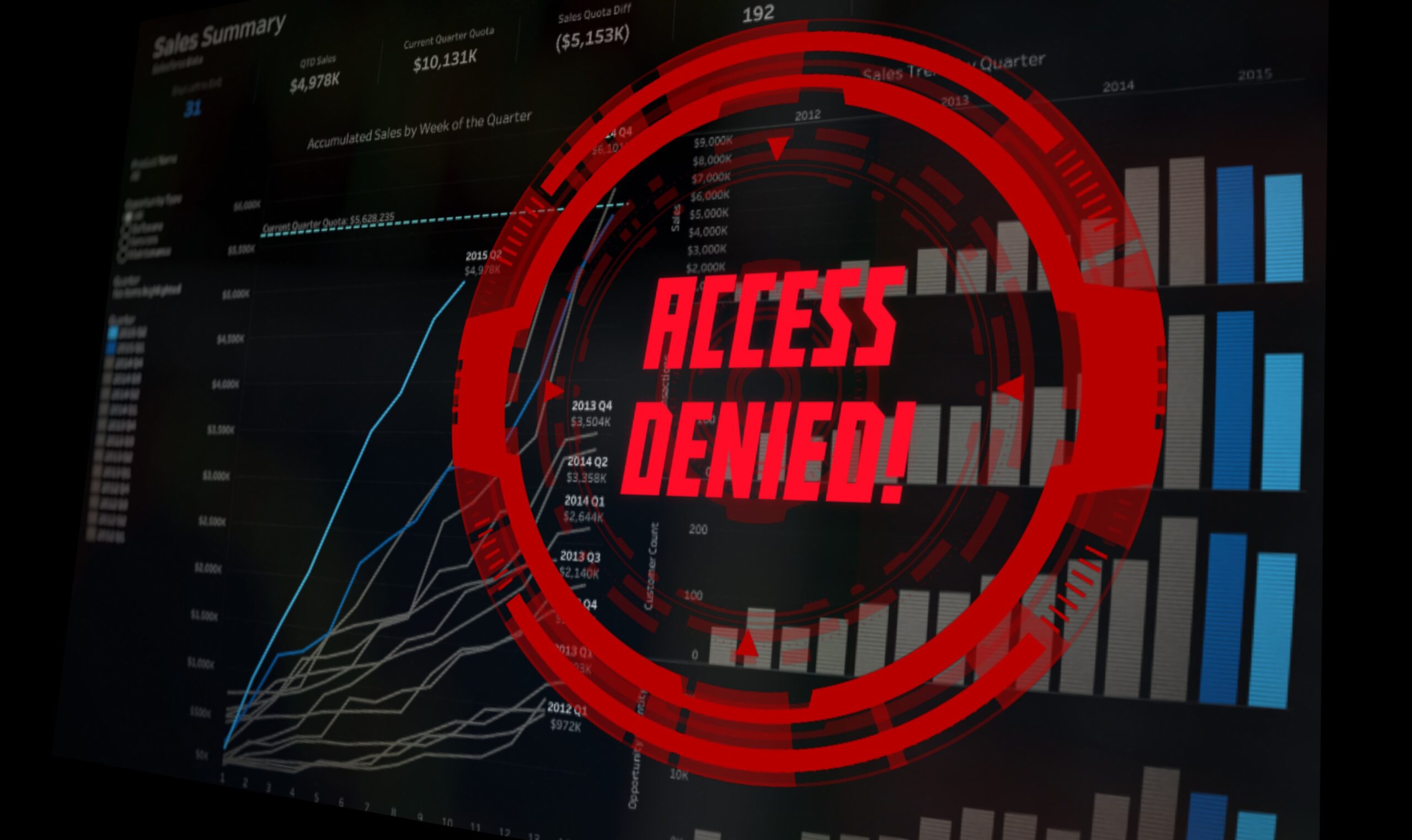PublicTechnology editor Sam Trendall believes that the government’s online harms strategy must address their impact, as well as their cause
The government is shortly to publish its online harms white paper.
The document, which has been in the works for almost 18 months, will set out legislative proposals aimed at mitigating or preventing the damage caused by a range of issues, including cyberbullying and trolling, online hate speech and extremism, and sexual exploitation.
“If it’s unacceptable offline, then it’s unacceptable online,” is the tenet on which the legislation is founded.
It is a sound principle.
And the regulations and initiatives informed by this credo will, no doubt, be well-intentioned. They will also be well-targeted: the areas being addressed in the white paper are all significant, complex and growing causes of harm on both an individual and a societal level. Simply acknowledging the existence of these problems is a positive step: welcome, and long overdue.
Of course, the details of how the state plans to tackle these problems will only become clear once the white paper is published. But, whatever is contained in the document, the government must ensure that, in the coming years, its focus is at least as much on remediation as it is on regulation.
In other words: cure, rather than prevention.
A third way
As counterintuitive as this might sound, there are numerous areas where using legislation as a preventive tool has proven hugely ineffective. Drugs serve as, perhaps, the most illustrative example.
Having identified narcotics as “public enemy number one”, US president Richard Nixon famously embarked upon a “War on Drugs” in the early 1970s.
Four decades later, the Global Commission on Drug Policy issued a damning report concluding that the war had definitively failed, leaving in its wake only “devastating consequences for individuals and societies around the world”.
The following year, Barack Obama’s administration revealed a new approach to drug policy dubbed the “third way”.
While asserting that drugs should remain illegal, arrests and seizures were no longer the dominant metric for assessing success, according to the third way. Efforts should, instead, be focused on treating the disease of addiction, and the harm it causes.
Policy in the UK has been shifting in this direction for several decades. It is still against the law to buy, sell, or possess drugs, but recreational use in this country is not policed or punished with any fervour.
Meanwhile, the NHS – alongside third-sector partners – offers a range of treatments to treat or mitigate addiction, including talking and group therapies, residential rehab, substitute medications such as methadone, and needle exchange.
Online harms will surely require a similar approach.
The online world has proven, time and again, that it simply cannot be regulated or ruled in the same way as its physical counterpart. Attempts to transpose laws and standards from the latter to the former have repeatedly failed.
Twenty five years ago, piracy was difficult and dangerous. For most people, the challenges of creating illegal copies of films and music, coupled with the risks of being caught and punished, far outweighed any potential benefits.
But, during the first decade of this century, increased internet connection speeds and the emergence of file-sharing platforms made piracy much easier and, comparatively, very low risk.
For a time, the music industry’s response to this problem was to turn to the existing avenues of legal recourse and retribution. Industry bodies brought lawsuits against thousands of people who had illegally downloaded or shared content – which still only represented an infinitesimal fraction of the millions who were now doing so as a matter of habit.
A few unlucky souls were hit with judgements requiring them to pay unlikely sums of money – in some cases stretching to millions of dollars. None of which even remotely threatened to arrest the exponential rise in file-sharing.
“Record companies were entirely unable to force the internet to bend to their will. If the government attempts to address online harms in the same way as large parts of the music industry attempted to deal with online piracy – with only tougher laws or more vigorous enforcement – it will surely fail.”
Ultimately, the music industry was entirely unable to force the internet to bend to its will.
Instead, the record companies’ problem of people illegally accessing their music for free has now been solved – by allowing people to legally listen to all their music for free.
If the government tries to address online harms in the same way as large parts of the music industry attempted to deal with online piracy – with only tougher laws or more vigorous enforcement – it will surely fail.
Symptoms and causes
The internet is, clearly, exceptionally difficult to police. For the last two decades, the behaviour of its users has been driving changes in how our legal and industrial systems work – not the other way around.
The upcoming online harms white paper, and all the ideas and actions that will come in its wake, must recognise this fundamental truth.
As with drugs, the state can, and should, continue to pursue serious or organised criminal activity online. It can also work with the biggest web platforms to implement measures that both prevent and mitigate harm on a fairly large scale.
But, at an individual level, this needs to be allied with initiatives that address the symptoms of society’s online ills, not just their cause.
Fake news can be met with openness and transparency. Violent and degrading sexual content can be met with more discussion and education on consent and respect. Online shaming and bullying can be met with promoting better understanding of the impact on the human being behind the avatar.
This will be a wide-ranging and complex exercise. It will be a job not just for policymakers and regulators, but for those right across the public and third sector providing front-line services to the most vulnerable in society or those most affected – particularly children and young adults.
If the government truly wants to make the internet a safer place, there is no harm in targeting some of its efforts at cure, rather prevention.



